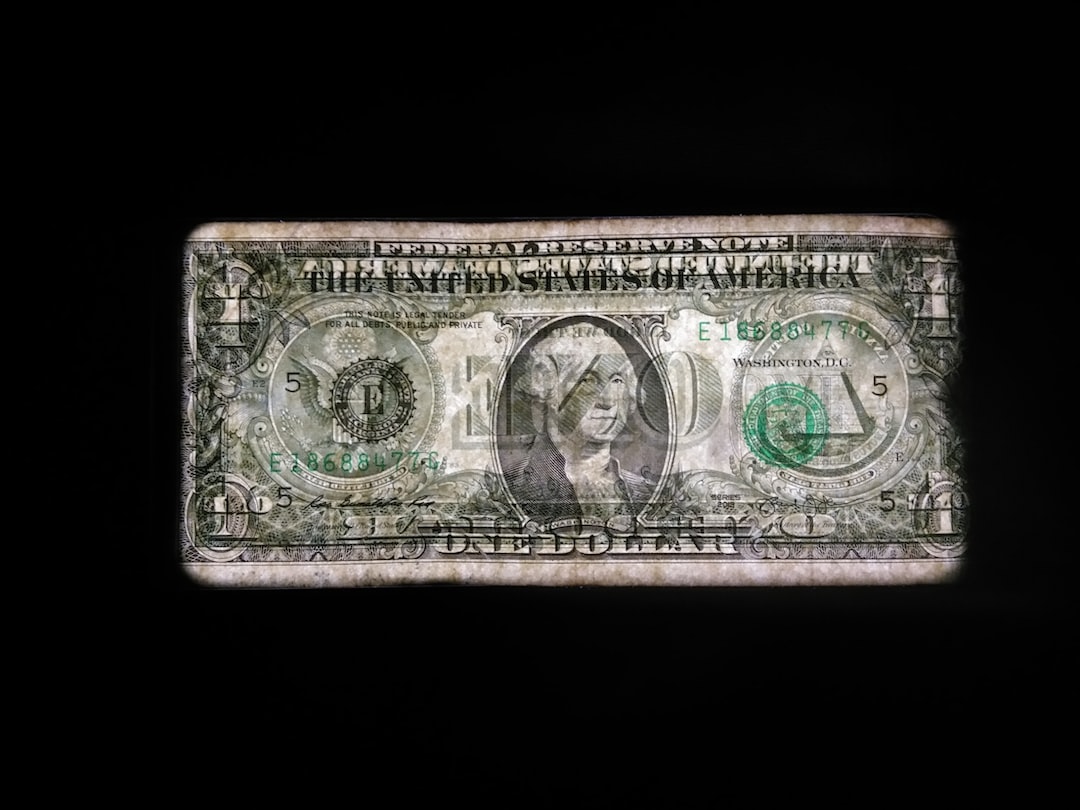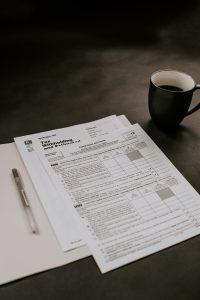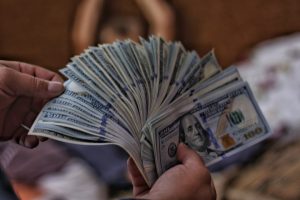Forex, or foreign exchange, trading is a global market where currencies are traded. It is the largest financial market in the world, with an average daily trading volume of around $5 trillion. Forex trading allows traders to make profits by buying and selling currencies based on their price movements. However, traders can amplify their profits (or losses) through the use of leverage.
Leverage is a powerful tool that allows traders to increase the size of their trades, using borrowed money from their broker. In other words, leverage is the ability to control a large amount of money with a small initial deposit. For example, a trader with a $1,000 account balance and a leverage of 1:100 can control a position size of $100,000.
Leverage is expressed as a ratio, such as 1:50, 1:100, or 1:500. The first number represents the amount of capital required to open a position, while the second number represents the amount of leverage provided by the broker. The higher the leverage, the smaller the required margin, and the greater the potential for profit or loss.
While leverage can increase potential profits, it also increases the risk of losses. For example, if a trader with a $1,000 account balance and a leverage of 1:100 opens a position of $100,000, a 1% move against them would result in a loss of $1,000, wiping out their entire account balance.
Therefore, it is important for traders to understand the risks involved in using leverage and to use it responsibly. They should always have a clear understanding of their margin requirements, stop-loss orders, and risk management strategies.
There are several types of leverage available in forex trading. The most common types are:
1. Margin-based leverage: This is the most common type of leverage offered by forex brokers. It is based on the amount of margin required to open a position. For example, if a broker requires a margin of 1%, then a trader can control a position of $100,000 with just $1,000 in their account.
2. Fixed leverage: Some brokers offer fixed leverage, which means that the leverage remains constant regardless of the size of the position. For example, a broker may offer a fixed leverage of 1:100 for all positions.
3. Variable leverage: Some brokers offer variable leverage, which means that the leverage changes depending on the size of the position. For example, a broker may offer a leverage of 1:100 for positions up to $50,000, and a leverage of 1:50 for positions over $50,000.
4. High leverage: Some brokers offer very high leverage, such as 1:500 or 1:1000. While this can increase potential profits, it also increases the risk of losses.
In conclusion, leverage is a powerful tool that can increase potential profits in forex trading. However, it also increases the risk of losses, and traders should always use it responsibly. They should have a clear understanding of their margin requirements, stop-loss orders, and risk management strategies. By using leverage wisely, traders can maximize their profits and minimize their losses in the highly volatile forex market.





